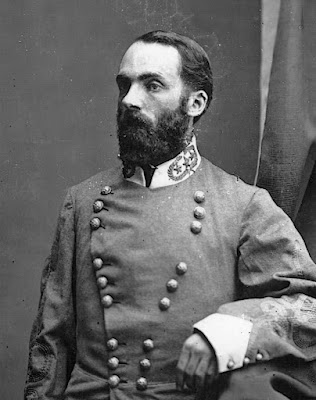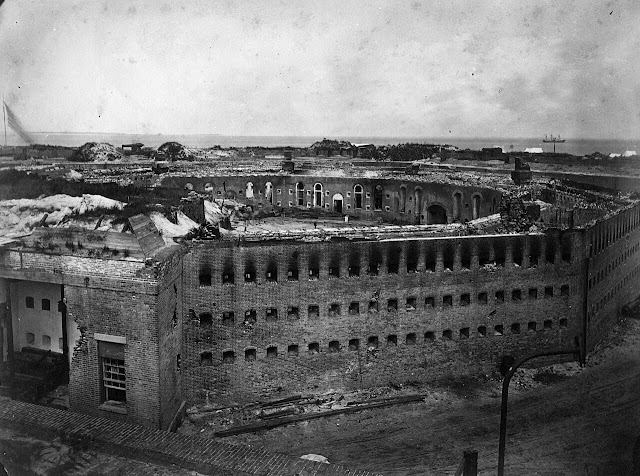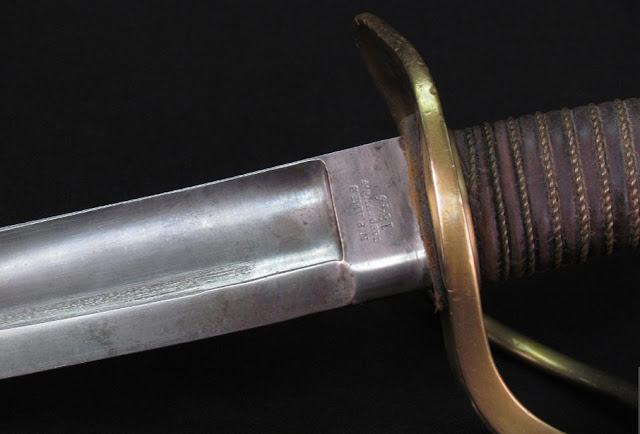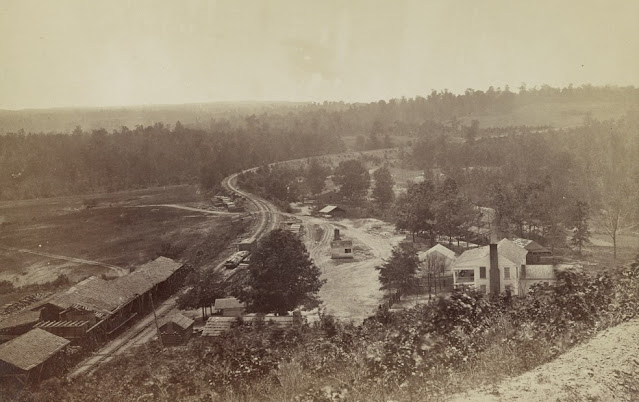Bloody Work in the Dallas Woods: A Voice from the 9th Indiana

I n the winter of 1883, Bryon Dunn, editor of the Maryville Republican newspaper and formerly a private in the 9 th Indiana Infantry during the Civil War, decided to publish a series of articles containing his reminiscences of the Atlanta campaign. Eventually, that series would grow to 33 articles in length, drawing heavily from a diary that he kept while in the service. Among the more interesting articles recalls his experiences during the Battle of Pickett’s Mill which was fought May 27, 1864. Private Dunn had developed a fever a few days prior to the Pickett’s Mill fight and was essentially knocked out of action. “We were on the battlefield of May 25 th where the dead lay thick scattered through the woods,” he noted. “We were ordered to build works but I grew so sick that I had to go to the rear and lie down. All I know is that I lay there all day, deathly sick. The roar of battle had no impression on me and I didn’t know or care what was going on around me Dr. Gillmore vi...














































